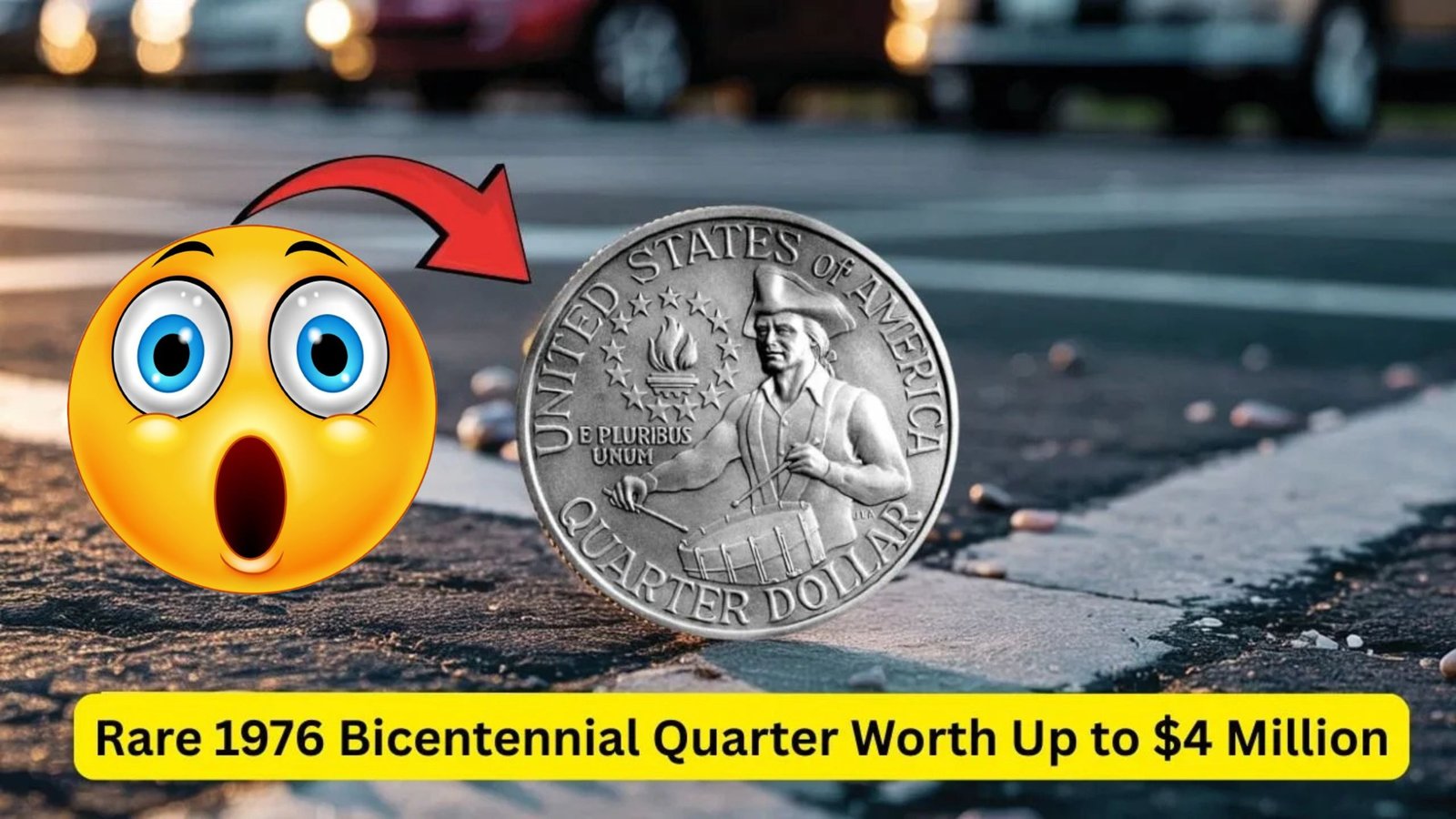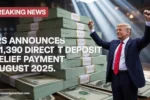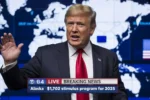Rare 1976 Bicentennial Quarter : The 1976 Bicentennial quarter is one of the most talked-about coins in U.S. history. While millions were produced for everyday use, a few extremely rare varieties are worth astonishing amounts—some even up to $4 million. Understanding what makes these coins valuable can help collectors and casual hobbyists identify whether they own a true treasure.
The Special History of the Bicentennial Quarter
This coin was issued to celebrate the 200th anniversary of American independence. Unlike regular Washington quarters, the Bicentennial version carried the dual date “1776–1976” on the front, reminding people of the nation’s milestone birthday. On the back, artist Jack L. Ahr designed a colonial drummer alongside a victory torch, making it one of the most iconic U.S. coin designs.
Why Certain Bicentennial Quarters Are Rare
Although most Bicentennial quarters are only worth 25 cents, some are worth a fortune because of mistakes made during the minting process. A few were struck on experimental metal planchets, while others came out with unique features that make them one-of-a-kind. These rare errors and variations are what push certain coins into the multi-million-dollar range.
What Features to Look For
When examining a Bicentennial quarter, pay attention to its weight, shine, and details. Coins struck in silver are generally more valuable than regular copper-nickel ones. Proof versions, which were made with sharper details and mirror-like finishes, are also highly collectible. If you find a coin with unusual thickness, coloring, or misprints, it could be one of the rare and valuable types.
The Role of Condition and Grading
The value of any coin depends heavily on its condition. A Bicentennial quarter that has been in circulation for decades will usually be worth very little, while one that has been preserved in mint-state condition can be worth thousands. Professional grading services can officially certify the quality and authenticity of a coin, which greatly increases its market value.
The Legend of the $4 Million Quarter
The most fascinating part of the Bicentennial quarter story is the existence of coins so rare that collectors are willing to pay up to $4 million. These extraordinary coins are usually connected to experimental minting runs or rare silver errors. While most people may never encounter one, the possibility keeps coin enthusiasts searching through their collections and pocket change with excitement.
Frequently Asked Questions (Rare 1976 Bicentennial Quarter)
Q1: Are all Bicentennial quarters valuable?
No, most Bicentennial quarters are worth only 25 cents. Only rare varieties with mint errors, silver content, or exceptional condition hold significant value.
Q2: How can I tell if my Bicentennial quarter is silver?
Silver Bicentennial quarters were mainly sold in special collector sets. They are heavier than standard quarters and have a distinct silver shine instead of the copper edge found on regular coins.
Q3: What should I do if I think I have a rare quarter?
If you believe your coin is special, avoid cleaning it and send it to a professional grading service like PCGS or NGC. They can confirm its authenticity and assign a grade that determines its true value.
Q4: Can I still find a rare Bicentennial quarter in circulation?
While it is very unlikely, it is not impossible. Most rare varieties are already in collections, but surprises do still happen.
Q5: Why are some Bicentennial quarters worth millions?
The extreme value comes from a mix of rarity, demand, and historical importance. Rare mint errors or unique strikes make these coins highly desirable to serious collectors, who are willing to pay extraordinary prices.




